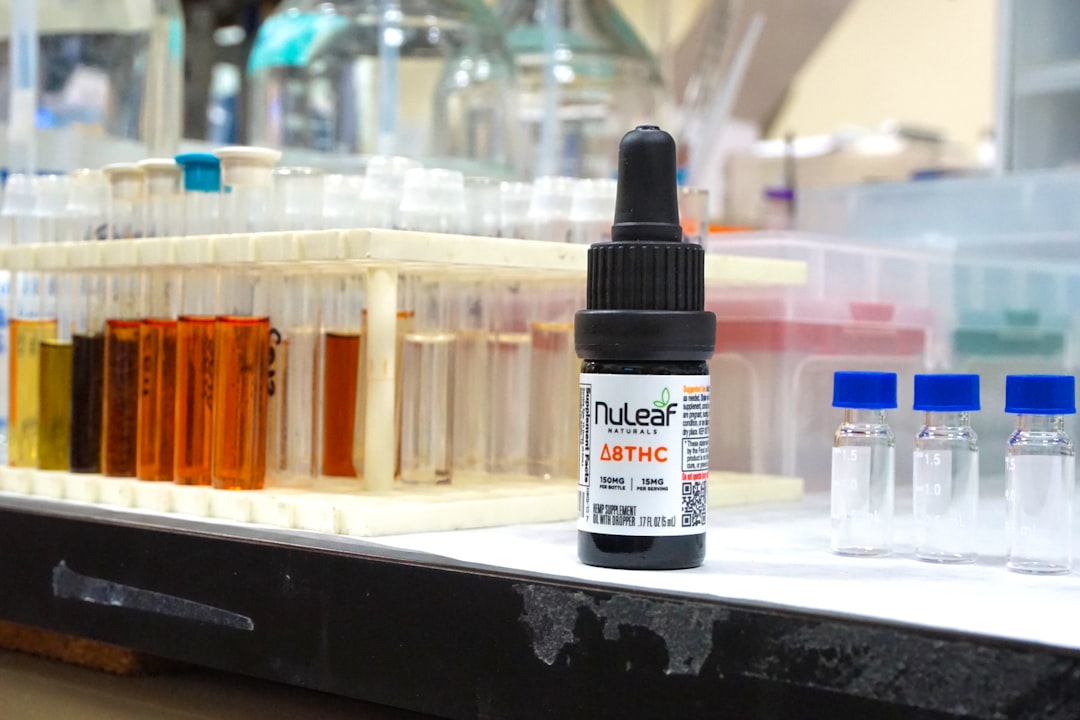
This research aimed to study the compatibility of some Trichoderma spp. isolates on some synthetic chemical pesticides carried out at the Laboratory of Plant Protection, Faculty of Agriculture, Jenderal Soedirman University from April up to July 2014. Trichoderma isolates were derived from rhizosphere exploration on ginger, banana, pineapple and shallot. The synthetic pesticides used were mancozeb and propineb (fungicides), oxytetracycline and streptomycin sulfate (agrimycin, bactericides), carbofuran (nematicide), and deltamethrin and prefenophos (insecticides: synthetic pyrethroids and chiral organophosphates, respectively). The compatibility test used food poisoning method in a completely randomized design with three replicates. Variables observed were discolouration, sporulation, colony diameter, conidia density, and fungal growth at pesticides treatment. The data were analyzed by F test at 5 % significant level and continued by Duncan Multiple Range Test (DMRT) when there was a significant difference. The result of the research showed that the most significant decreasing of Trichoderma spp. was found on mancozeb for shallot, ginger, and banana isolates, and propineb for pineapple isolate, respectively, 89.4, 97.7, 93.3, and 95.2 %. This result was in line with colour, sporulation, and inhibition level observation.



